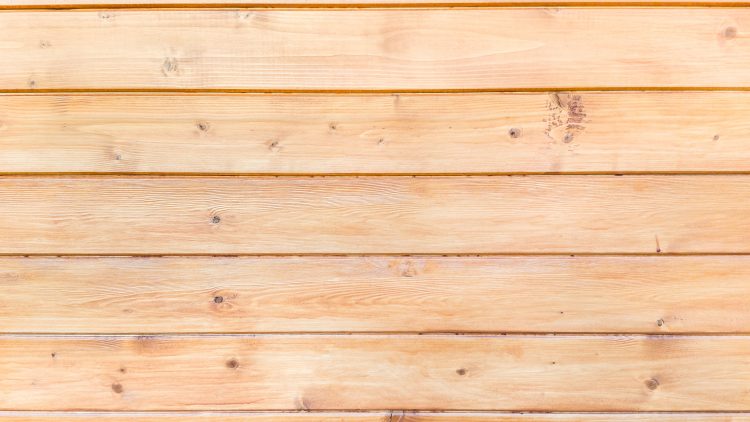Why is Cedar a Good Material for Fences
Cedar is a popular choice for fences due to several favorable characteristics that make it well-suited for outdoor applications. Here are some reasons why cedar is considered a good material for fences:
- Natural Resistance to Decay and Insects:
- Cedar contains natural oils and compounds, such as thujaplicins and cedrol, which act as natural preservatives. These compounds make cedar resistant to decay, rot, and insect damage. This resistance helps prolong the lifespan of cedar fences.
- Durability:
- Cedar is a durable wood that can withstand exposure to the elements. It performs well in various weather conditions, including rain, snow, and sunlight. Properly maintained cedar fences can last for many years.
- Dimensional Stability:
- Cedar has low moisture content and exhibits good dimensional stability. It tends to resist warping, twisting, and shrinking, which are common issues with some other types of wood. This stability helps maintain the integrity and appearance of the fence.
- Aesthetic Appeal:
- Cedar has a natural and attractive appearance with a warm color tone. Many people appreciate the natural beauty of cedar, and it can enhance the overall aesthetic of a property. Over time, cedar weathers to an appealing silvery-gray patina.
- Lightweight:
- Cedar is relatively lightweight compared to some other wood species, making it easier to work with during the installation process. This can be an advantage for DIY projects or when dealing with uneven terrain.
- Easy to Work With:
- Cedar is known for being easy to work with using common woodworking tools. It can be cut, shaped, and installed with relative ease, making it a favorite among both professionals and DIY enthusiasts.
- Sustainability:
- Cedar is often sourced from sustainable forestry practices. Many cedar varieties are available from well-managed forests, contributing to its eco-friendly reputation.
- Natural Aroma:
- Cedar has a distinctive natural aroma due to the presence of aromatic compounds. This aroma is pleasant to many people and can act as a natural deterrent to some insects.
- Versatility:
- Cedar is versatile and can be used for various fence styles, including privacy fences, picket fences, and decorative fences. It can also be easily stained or painted to achieve different looks.
While cedar has many advantages, it’s important to note that proper maintenance, such as periodic sealing or staining, can help maximize its longevity and performance. Additionally, regional factors, such as climate and exposure to moisture, can influence the performance of cedar fences.
How Sustainable is Cedar?
Cedar is generally considered a sustainable and environmentally friendly building material when sourced from well-managed forests and harvested responsibly. Several factors contribute to the sustainability of cedar:
- Renewable Resource:
- Cedar is a renewable resource because it is a type of softwood that comes from coniferous trees. With proper forestry management practices, cedar forests can be sustainably harvested without depleting the resource.
- Growth Rate:
- Cedar trees, depending on the species, can have relatively fast growth rates compared to some hardwoods. This means that, under responsible forestry practices, new trees can be planted and harvested within a reasonable timeframe.
- Sustainable Forestry Practices:
- Sustainable forestry practices involve harvesting trees in a way that maintains the health and biodiversity of the forest. Responsible cedar forestry practices include replanting, protecting wildlife habitats, and preventing soil erosion.
- Certification Programs:
- Look for cedar products that carry certification from recognized forest certification programs, such as the Forest Stewardship Council (FSC) or the Sustainable Forestry Initiative (SFI). These certifications indicate that the wood comes from responsibly managed forests.
- Natural Resistance:
- Cedar’s natural resistance to decay and insects reduces the need for chemical treatments. This characteristic can contribute to environmental sustainability by minimizing the use of chemical preservatives.
- Carbon Sequestration:
- Growing cedar trees sequester carbon dioxide from the atmosphere. While harvested trees release carbon when used for construction, sustainably managed forests continually sequester carbon through new growth.
- Local Sourcing:
- Choosing locally sourced cedar can further enhance its sustainability by reducing transportation-related environmental impacts. Locally harvested cedar may also be subject to stricter environmental regulations.
Despite its sustainability, it’s crucial to note that the environmental impact of cedar can vary based on factors such as forestry practices, transportation, and processing methods. Unsustainable logging practices or overharvesting can lead to deforestation and habitat degradation.
When considering cedar for construction or fencing projects, it’s advisable to:
- Choose products certified by recognized forestry certification programs.
- Verify that the cedar comes from responsibly managed forests.
- Consider the environmental impact of transportation if the wood is sourced from a significant distance.
- Implement proper maintenance practices to extend the lifespan of cedar products.
By making informed choices and supporting sustainable forestry practices, cedar can be a responsible choice for various applications, including construction and fencing.

